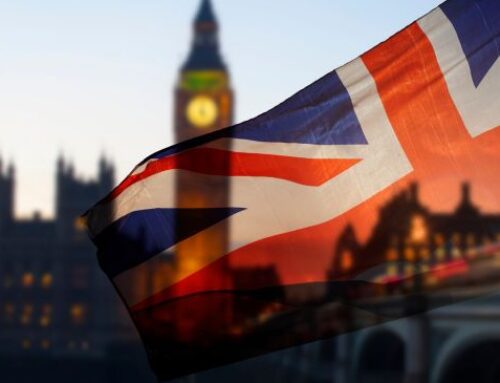In a time of unprecedented political upheaval, it seems that there is only one thing about which all Canadians can agree: that Section 13 of the Human Rights Act should be repealed. In a stunning display of intellectual honesty, voices from all across the ideological spectrum have emerged to denounce the outrageous behaviour of Canada’s self-appointed censors. The human rights commissions’ campaign against free speech can no longer be hidden under a veil of polite-sounding rhetoric; Canadians have spoken and censorship is not a “Canadian value.”
We honour the courage of the two Canadian journalists leading the charge against these bureaucratic bullies: Mark Steyn and our Person of the Year, Ezra Levant (see page 3). They deserve both our highest praise and our deepest gratitude.
But while we wait for their victory in the court of public opinion to be ratified as the law of the land, it is necessary to reflect upon this shameful chapter of Canadian history. How is it that the HRCs could oppress so many people for so long without any popular outrage?
For years, HRCs were able to wage a crusade against freedom in the name of secularism. Using the HRC-system, homosexual activists brought many Canadians before human rights tribunals for espousing Christian values or expressing Christian sentiments.
But it was only when Islamic activists brought almost identical charges against mainstream, secular journalists that Canadians took notice. In other words, as long as the HRCs were menacing religious expression, no one objected. However, when religious elements used the HRCs to threaten secular journalists, their rebuke was sharp and decisive.
Almost immediately, Canadians understood that it was wrong for Muslim activists to attempt to silence journalists for imagined slights against their religion. But where was the outrage when homosexual activists prosecuted a similar campaign of intimidation and retribution against Christians?
The uneven reaction of the Canadian public towards these almost identical cases of political oppression reveals a dangerous double-standard: while the rights of journalists have many public defenders, those whose speech is deemed religious do not enjoy the same defence. Few, if any, are willing to protect the right of Christian Canadians to express the teachings of their faith. Indeed, the HRCs’ persecution of Christians was merely an expression of the implicit contempt towards defenders of the traditional morality shared by many of our fellow citizens.
By labeling some forms of expression “hateful,” the HRCs were not so much distinguishing between types of speech as creating a harmful division within the idea of free speech itself. According to the HRCs’ logic, any form of expression which could offend certain groups is beyond the realm of public discourse.
But, the very idea of free speech defends precisely those views that are unpopular. The right to free expression is society’s surest safeguard against the terrifying unanimity of totalitarian groupthink. But, by declaring unpopular views harmful, the HRCs were really dismantling the apparatus that protects society from the dictatorship of dangerous ideas. The very speech that most deem harmful is usually what society needs to hear most of all.
Therefore, by attempting to distinguish between free speech and “harmful” speech, the HRCs were not balancing two different rights, but destroying the unity of one. In creating this false distinction, they were not only anatomizing the right to free expression, but ghettoizing freedom of religion as well. Since there is no distinction within the realm of free expression, this pretended dichotomy has allowed human rights to be seriously abused.
Martin Luther King Jr. once wrote, “Injustice anywhere is a threat to justice everywhere,” because nothing emboldens the unjust as much as the quiet toleration of their crimes. Until the rights of all Canadians are equally defended, similar forms of political coercion will continue to plague our country.
When the HRCs began menacing the very rights they claimed to defend, the first freedom they trampled on was the freedom to worship. Now, thanks to the efforts of Mark Steyn and Erza Levant – two journalists who courageously fought back, refusing to recognize the authority of the HRCs to decide what magazines can and can’t say – the deskbound despots in the human rights commission industry are facing an ever-growing chorus calling for the repeal of their expansive powers; their unanimous public rebuke is already a major victory for social conservatives.
But, unless this victory leads to the abolition of Canada’s two-tiered system of human rights – unless the Canadian public is willing to defend freedom of religion – this victory will prove hollow.




